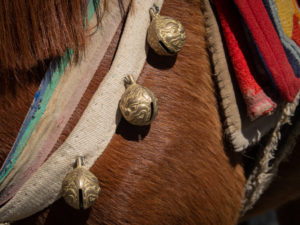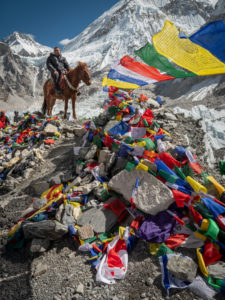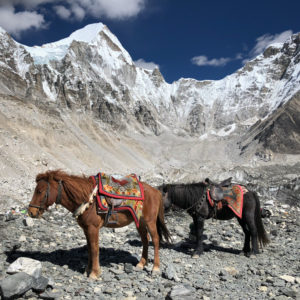Last week we explored feet and the boots that cover them. This week I’m going to the other end of the body and share with you some hats I’ve discovered over the years.
A hat is a noun and is defined as a shaped covering for the head worn for warmth, sun protection, as a fashion item, or as part of a uniform.
The concept of a broad-brimmed hat with a high crown worn by a rider on horseback can be seen as far back as the Mongolian horsemen of the 13th century. The hat has a tall crown that provides insulation, and a wide brim that provides shade.
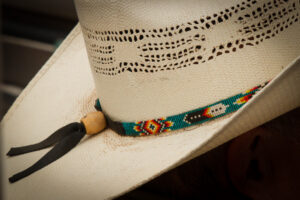 This image was taken near Canyon de Chelly and the beautifully beaded hatband caught my eye more than the hat itself. I was there on an Arizona Highways Photo Workshop and this hat belonged to our guide.
This image was taken near Canyon de Chelly and the beautifully beaded hatband caught my eye more than the hat itself. I was there on an Arizona Highways Photo Workshop and this hat belonged to our guide.
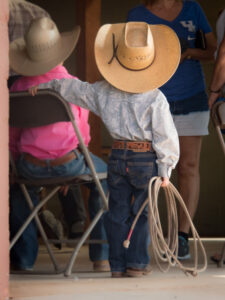 This little roper and his hat were taken at the annual Babbit Ranches Colt Sale held in July.
This little roper and his hat were taken at the annual Babbit Ranches Colt Sale held in July.
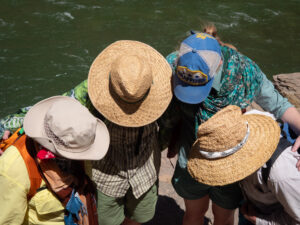 River trip hats are as unique as the individual and a lifesaving part of the needed gear, especially on summer trips through Grand Canyon.
River trip hats are as unique as the individual and a lifesaving part of the needed gear, especially on summer trips through Grand Canyon.
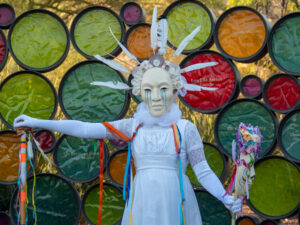 It may be that this “hat” image lies more in the headdress genre but either way, the outfit is magnificent. This image was taken at a Dia de los Muertos celebration at the Phoenix Desert Botanical Gardens in 2019.
It may be that this “hat” image lies more in the headdress genre but either way, the outfit is magnificent. This image was taken at a Dia de los Muertos celebration at the Phoenix Desert Botanical Gardens in 2019.
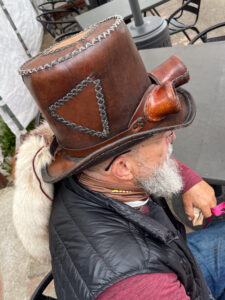 Following a morning at the Bolinas, CA tidepools I encountered this character in town at the local coffee shop. He said he got this leather tophat years ago at a Renaissance Fair. He added the fox tails off the back.
Following a morning at the Bolinas, CA tidepools I encountered this character in town at the local coffee shop. He said he got this leather tophat years ago at a Renaissance Fair. He added the fox tails off the back.
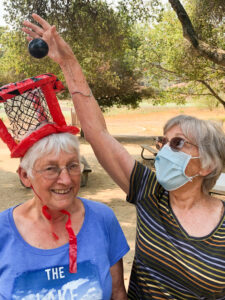 My mom with her basket hat at a family picnic a couple of years ago. Leave it to her sister to slam-dunk her head!
My mom with her basket hat at a family picnic a couple of years ago. Leave it to her sister to slam-dunk her head!
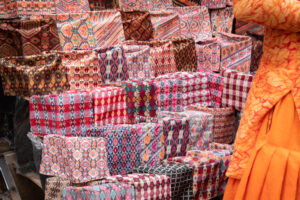
Dhaka ko Topi literately means a “headgear made of Dhaka cloth”, a fine cotton cloth once exclusively imported from Dhaka, the present-day capital of Bangladesh.
The Dhaka topi was a part of the Nepalese national dress and a symbol of Nepalese nationality. It became popular during the reign of King Mahendra, who ruled between 1955 and 1972 and made wearing a Dhaka topi mandatory for official photographs for passports and documents. Dhaka Topis are given away as gifts during festivals. They were also worn by government officials as a part of the national dress.
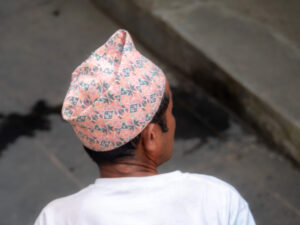
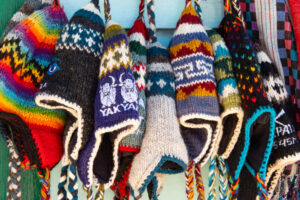 During our 2018 hike to Everest Base Camp, we came across many hats like the ones above for sale and on the heads of many locals as we rose in elevation and the temperatures cooled.
During our 2018 hike to Everest Base Camp, we came across many hats like the ones above for sale and on the heads of many locals as we rose in elevation and the temperatures cooled.
When I looked up their origin all I could find was how they originated in the Andes under the name Chullo. Chullo is an Andean style of hat with earflaps, made from vicuña, alpaca, llama, or sheep’s wool. Alpaca has wool-like qualities that help to insulate its wearer from the harsh elements in the Andean Mountain region. Chullos often have ear flaps that can be tied under the chin, to further warm the wearer’s head.
Hats have been used in the Andean Mountain region by indigenous peoples for thousands of years. Wearing different types and colors has significance among certain Andean natives. According to Peruvian historian Arturo Jiménez Borja, the Chullo has its origins in the cultural exchange between Spaniards, who incorporated elements of their barrettes and the original hat of the Andeans.
I imagine all of these things are also true in the Himalayan region of Nepal and the hats are made out of Yak fur.
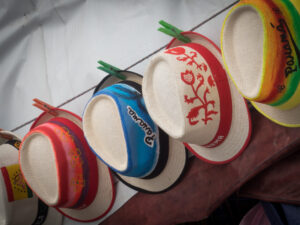 These hats were found in Panama City, Panama in 2017.
These hats were found in Panama City, Panama in 2017.
Although commonly called “Panama hat” in English, the hat has its origin in Ecuador. Beginning in the early to mid-1600s, hat weaving evolved as a cottage industry along the Ecuadorian coast as well as in small towns throughout the Andean mountain range. Hat weaving and wearing grew steadily in Ecuador through the 17th and 18th centuries. Straw hats woven in Ecuador, like many other 19th- and early 20th-century South American goods, were shipped first to the Isthmus of Panama before sailing for their destinations in Asia, the rest of the Americas, and Europe, subsequently acquiring a name that reflected their point of international sale—”Panama hats”—rather than their place of domestic origin.
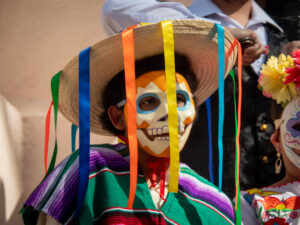
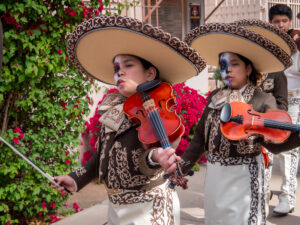
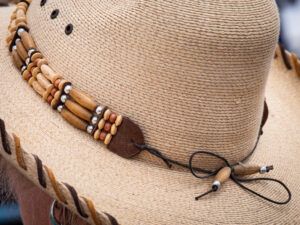 This was another cool hatband on a hat at the Colt Sale near Flagstaff.
This was another cool hatband on a hat at the Colt Sale near Flagstaff.
 On my one and only trip to Boston, I came across a vendor selling baseball caps. I was amazed at the variety of colors available!
On my one and only trip to Boston, I came across a vendor selling baseball caps. I was amazed at the variety of colors available!
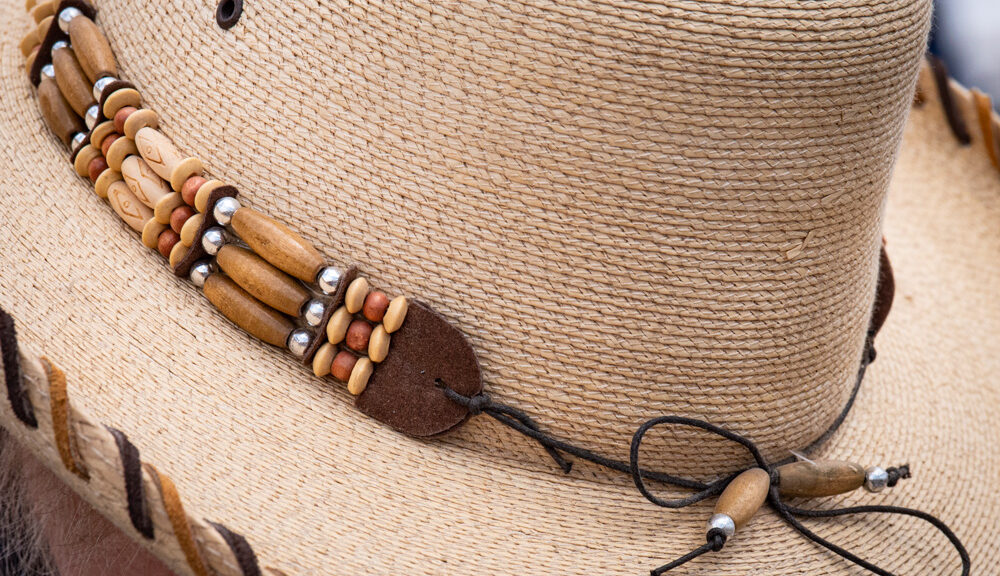
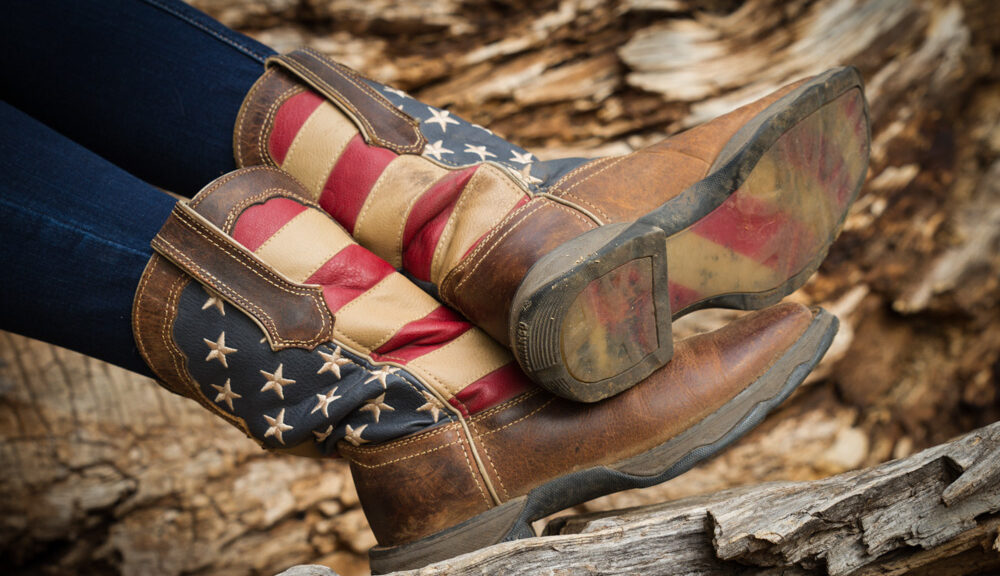
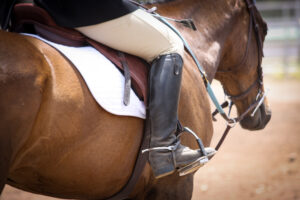 Years ago, 2009 to be exact, I got wind of an English Riding event happening at the local county fairgrounds. As I live ten minutes away, I thought it would be a fun place to photograph something different. I love slipping into sub-cultures that are foreign to me. This was definitely one of those experiences. I’m SO not a horse person.
Years ago, 2009 to be exact, I got wind of an English Riding event happening at the local county fairgrounds. As I live ten minutes away, I thought it would be a fun place to photograph something different. I love slipping into sub-cultures that are foreign to me. This was definitely one of those experiences. I’m SO not a horse person.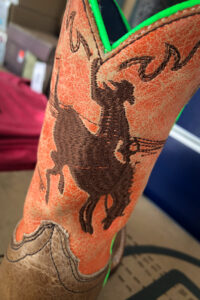 In 2020, my family traveled to Pinedale, WY to say goodbye to the father of my daughters who had passed away the previous November. Nothing could be more “Wyoming” than this pair of kids boots.
In 2020, my family traveled to Pinedale, WY to say goodbye to the father of my daughters who had passed away the previous November. Nothing could be more “Wyoming” than this pair of kids boots.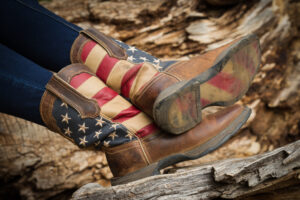 In 2015 I was in Sedona near Red Rock Crossing for a high school senior shoot. My subject had these boots on and as she was getting into position I fired off a shot. What great boots and clearly worn a LOT.
In 2015 I was in Sedona near Red Rock Crossing for a high school senior shoot. My subject had these boots on and as she was getting into position I fired off a shot. What great boots and clearly worn a LOT.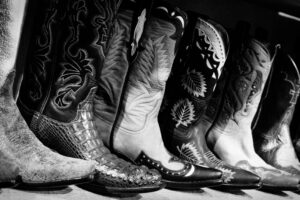
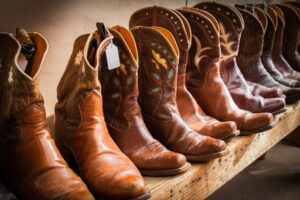
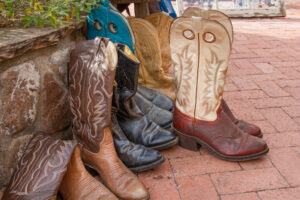
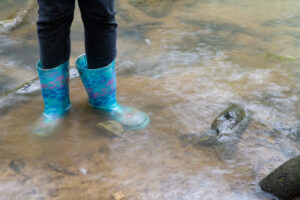 The feet of my niece are in these rain boots as we explore a creek near the family home in Marin County, northern California in 2016.
The feet of my niece are in these rain boots as we explore a creek near the family home in Marin County, northern California in 2016.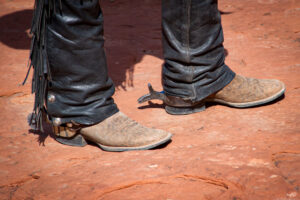 One of my first workshops with Arizona Highways Photo Workshops was in 2014 on a women’s retreat in Sedona. Yes, there were stunning vistas to photograph, but also these great boots of our Jeep Tour guide!
One of my first workshops with Arizona Highways Photo Workshops was in 2014 on a women’s retreat in Sedona. Yes, there were stunning vistas to photograph, but also these great boots of our Jeep Tour guide!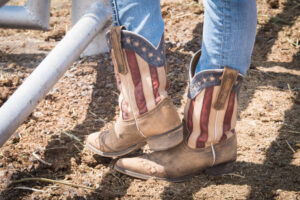
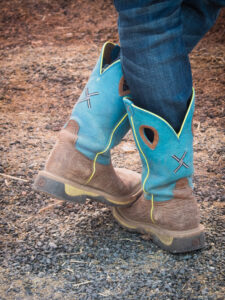

 I flew into El Paso, TX in 2017 for a photo workshop at White Sands, New Mexico. The other photoguide and I had a day in El Paso to wander around and take photos. these boots were being sold down near the border which quite honestly if I didn’t know I was in the United States, It would be easy to mistake my location for a street of shops just over the border.
I flew into El Paso, TX in 2017 for a photo workshop at White Sands, New Mexico. The other photoguide and I had a day in El Paso to wander around and take photos. these boots were being sold down near the border which quite honestly if I didn’t know I was in the United States, It would be easy to mistake my location for a street of shops just over the border.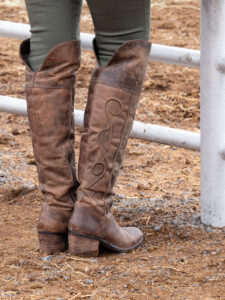 These beautiful boots were at the 2028 Colt Sale.
These beautiful boots were at the 2028 Colt Sale.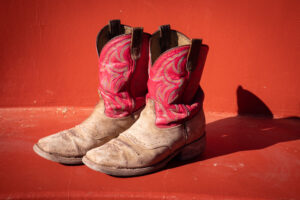 Last but not least, earlier this year I was at the Desert Botanical Gardens in Phoenix with a dear friend and her son doing his high school senior portraits. He had taken off these boots to switch into his dress clothes and set them on the bench. As he was changing under his graduation gown I spotted them in the light with the background and BAM! I have this image. Talk about well-loved boots.
Last but not least, earlier this year I was at the Desert Botanical Gardens in Phoenix with a dear friend and her son doing his high school senior portraits. He had taken off these boots to switch into his dress clothes and set them on the bench. As he was changing under his graduation gown I spotted them in the light with the background and BAM! I have this image. Talk about well-loved boots.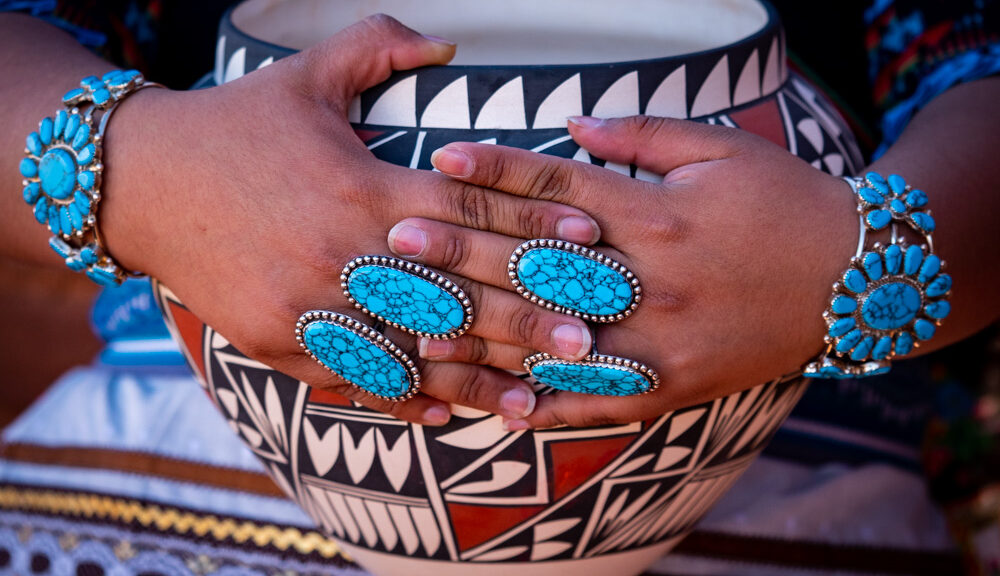
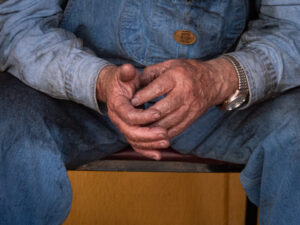 Last September I had the great pleasure of being a photo guide with Arizona Highways Photo Scapes in Chama, New Mexico. They have a small gauge steam engine that runs out of there, similar to the famous Silverton, CO train. These hands belong to a train worker I spotted at our lunch stop. He was sitting and chatting with fellow workers, on break before taking us back to Chama.
Last September I had the great pleasure of being a photo guide with Arizona Highways Photo Scapes in Chama, New Mexico. They have a small gauge steam engine that runs out of there, similar to the famous Silverton, CO train. These hands belong to a train worker I spotted at our lunch stop. He was sitting and chatting with fellow workers, on break before taking us back to Chama.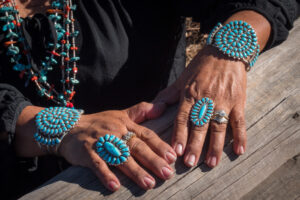 I was doing a family portrait session in Flagstaff one day. Mom/Grandma arrived adorned with this beautiful jewelry. Before we got started I asked her to pose for a quick shot.
I was doing a family portrait session in Flagstaff one day. Mom/Grandma arrived adorned with this beautiful jewelry. Before we got started I asked her to pose for a quick shot.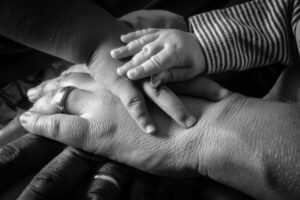 I was visiting my sister and her family in Florida a few years ago shortly after her youngest was born. We did a family shoot and came up with this idea.
I was visiting my sister and her family in Florida a few years ago shortly after her youngest was born. We did a family shoot and came up with this idea.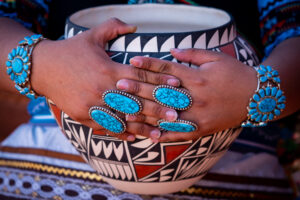 One of my favorite high school senior photo sessions produced this beautiful image.
One of my favorite high school senior photo sessions produced this beautiful image.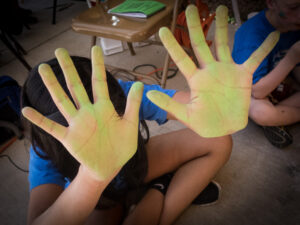 Kids stayed entertained with chalk at a chess tournament when I was coaching and photographing the game at Killip years ago. I walked by and this child didn’t want their picture taken so I photographed the raised hands instead. Thanks, kid! lol
Kids stayed entertained with chalk at a chess tournament when I was coaching and photographing the game at Killip years ago. I walked by and this child didn’t want their picture taken so I photographed the raised hands instead. Thanks, kid! lol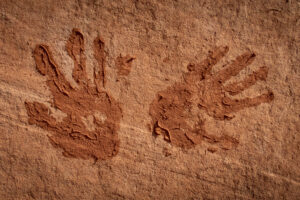 Walking up Antelope Canyon from Lake Powell we came across someone’s muddy hand prints on the sandstone.
Walking up Antelope Canyon from Lake Powell we came across someone’s muddy hand prints on the sandstone.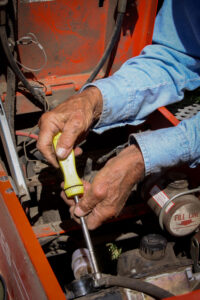 It’s a long story but these are the hands of my brother’s grandfather working on his tractor on his farm in Nebraska.
It’s a long story but these are the hands of my brother’s grandfather working on his tractor on his farm in Nebraska. In 2018 my wife and I flew to Nepal to hike to Everest Base Camp. These hands belong to a local we came across along the way.
In 2018 my wife and I flew to Nepal to hike to Everest Base Camp. These hands belong to a local we came across along the way.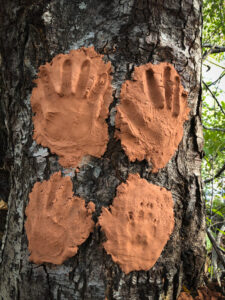 More mud art I found on a tree in Sedona!
More mud art I found on a tree in Sedona!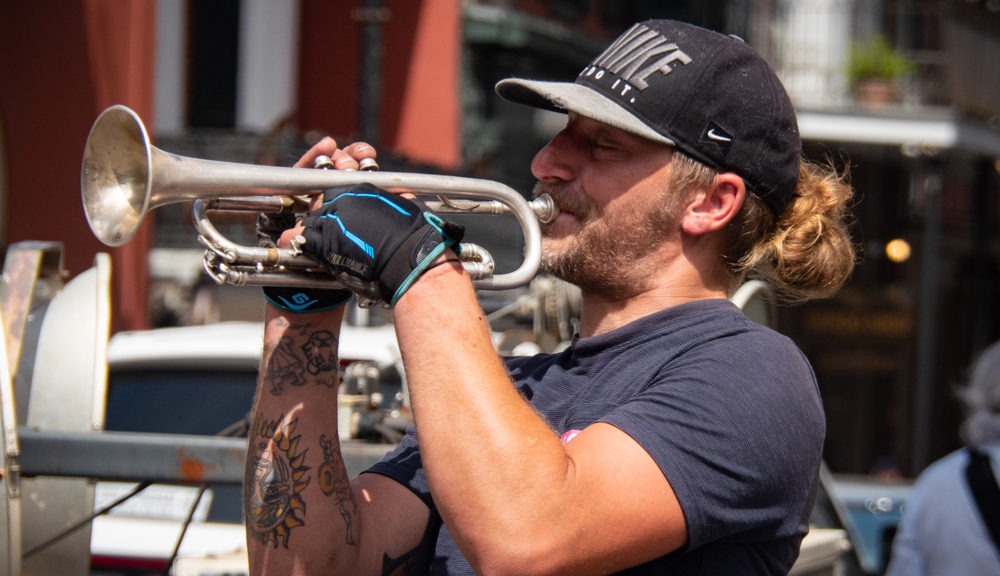
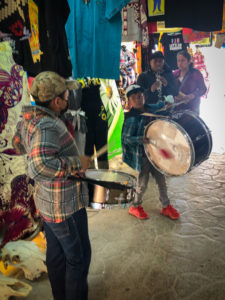
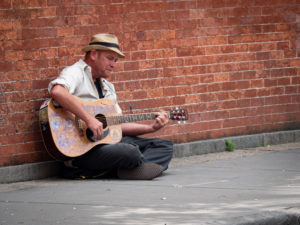
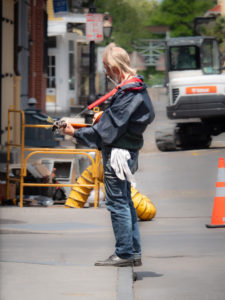
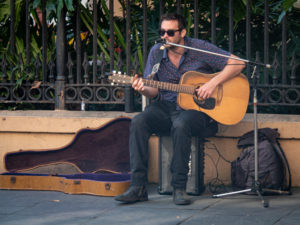
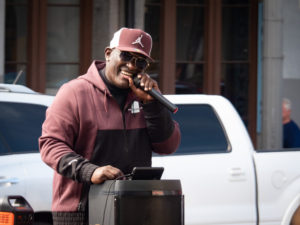 This guy had his karaoke music playing and was singing his heart out for a buck.
This guy had his karaoke music playing and was singing his heart out for a buck.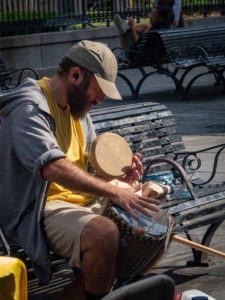 And some were just playing for themselves.
And some were just playing for themselves.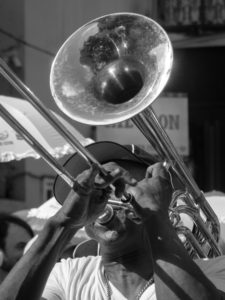
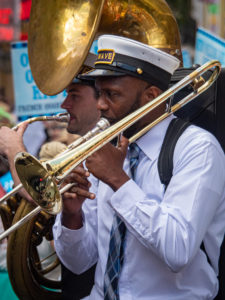
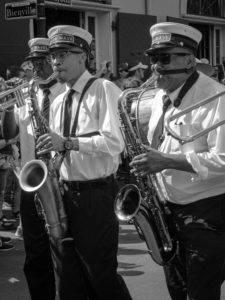
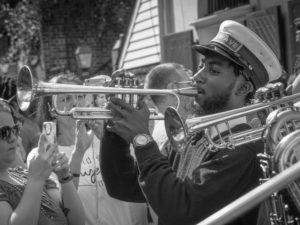
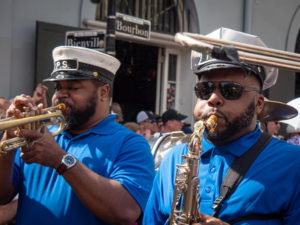
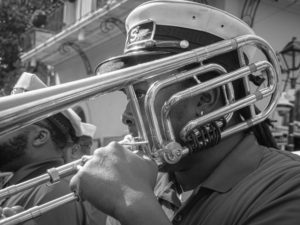
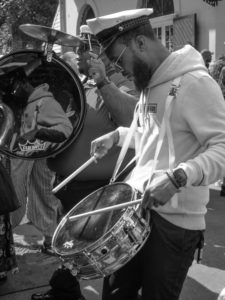
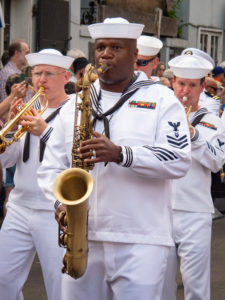
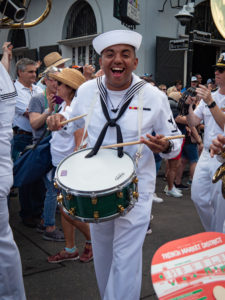
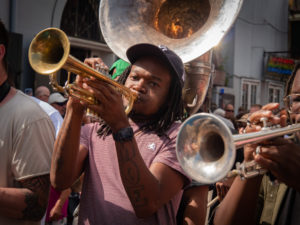
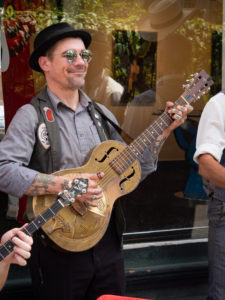
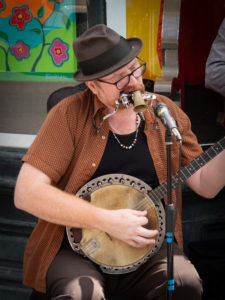
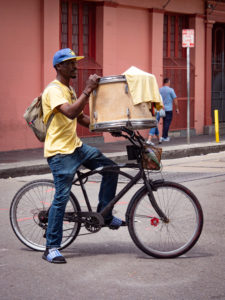 Raw talent if you ask me, riding a bike with this big drum.
Raw talent if you ask me, riding a bike with this big drum.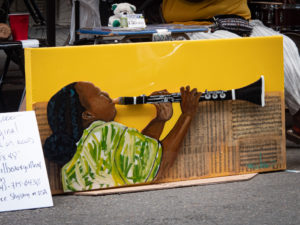
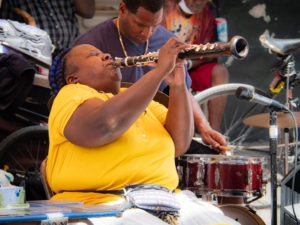
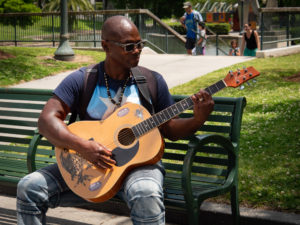 We ran into Mai-Mai (My-My?) near some statues in Armstrong Park. He was just hanging out on the park bench, chatting with people and playing his guitar. We listened and talked with him for a while. Such a sweet man.
We ran into Mai-Mai (My-My?) near some statues in Armstrong Park. He was just hanging out on the park bench, chatting with people and playing his guitar. We listened and talked with him for a while. Such a sweet man.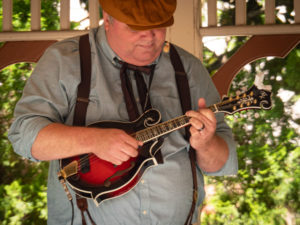 Dollywood had some great Bluegrass bands playing as well. The South definitely did not disappoint in the music department.
Dollywood had some great Bluegrass bands playing as well. The South definitely did not disappoint in the music department.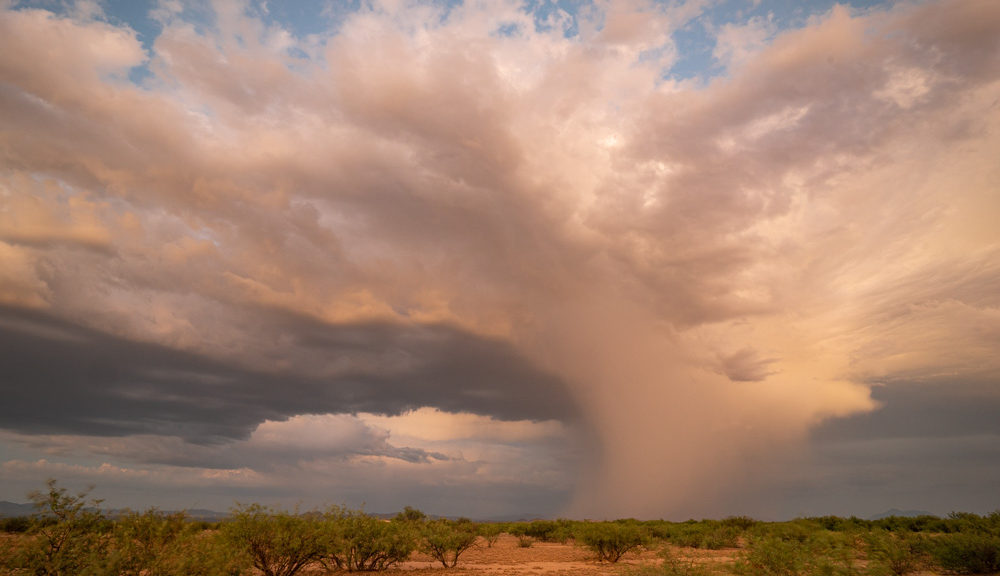
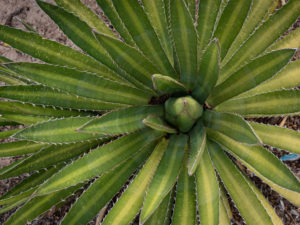
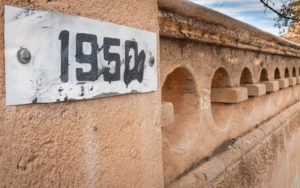
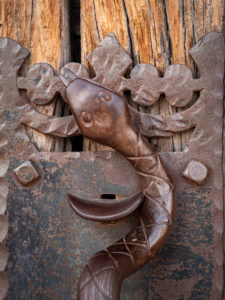
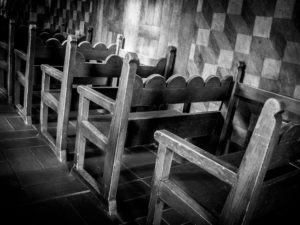
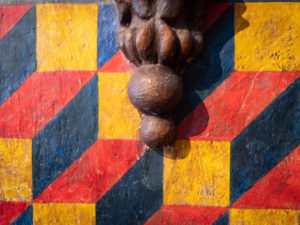
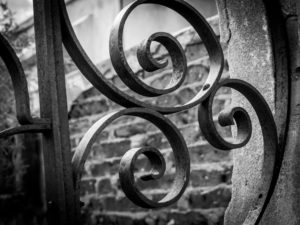
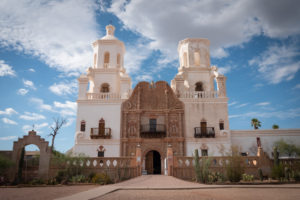
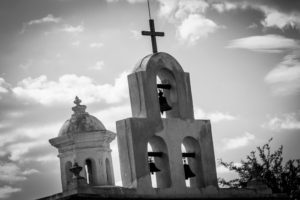
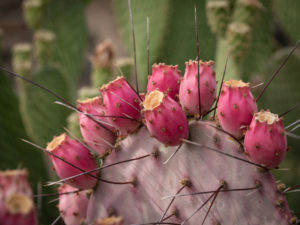
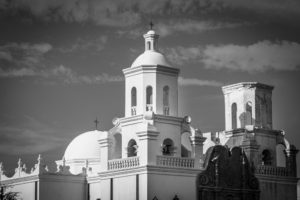
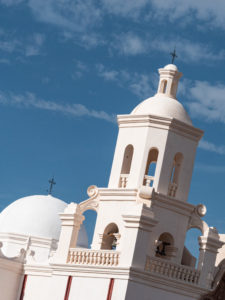
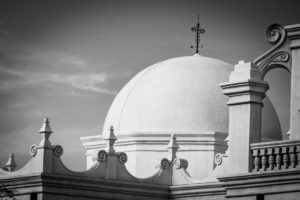
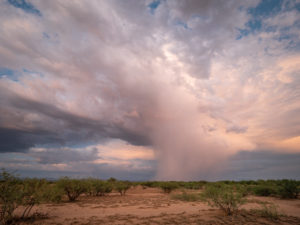
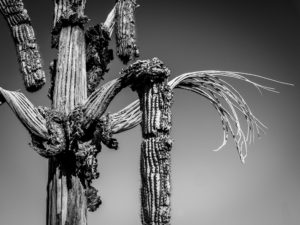
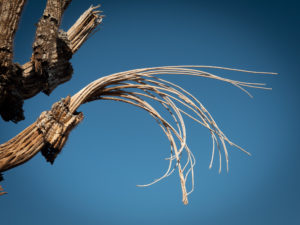
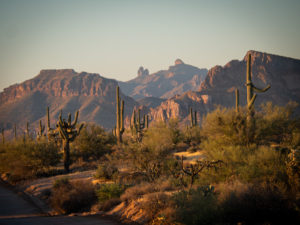
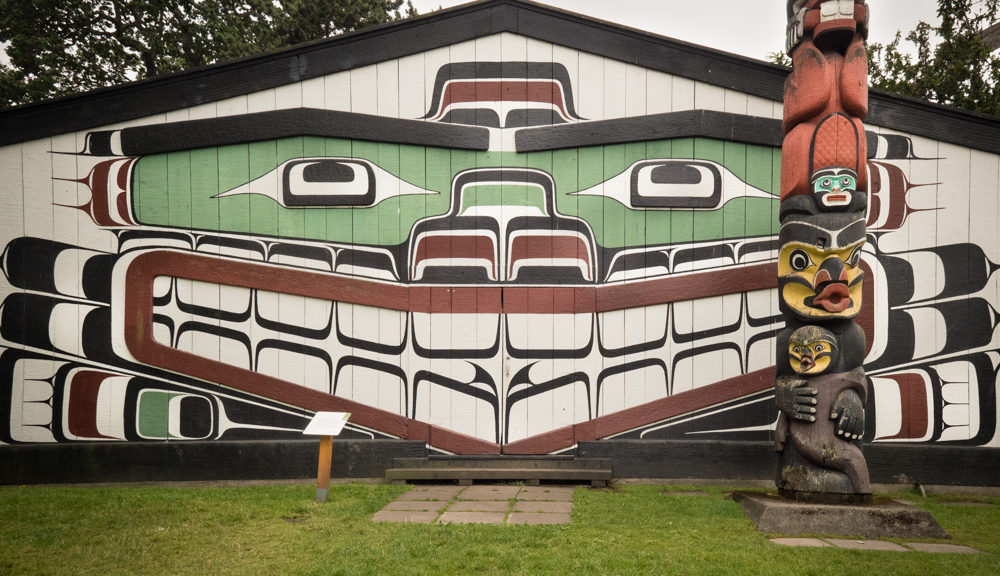
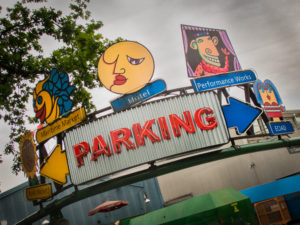
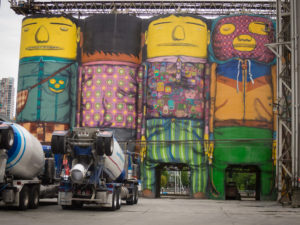
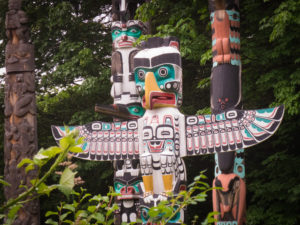
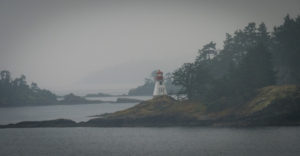
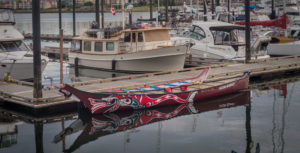 I could shoot boats all day long.
I could shoot boats all day long.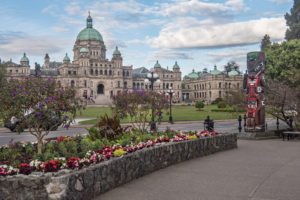 The Parliament Building was amazing.
The Parliament Building was amazing.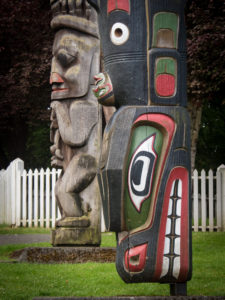
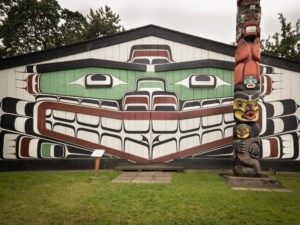
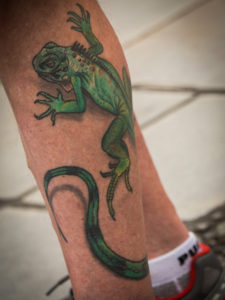
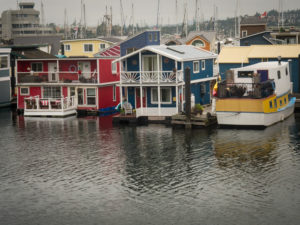
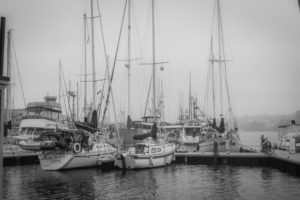
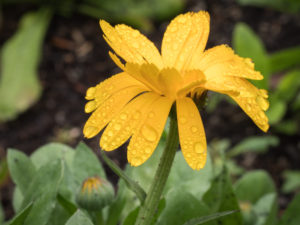
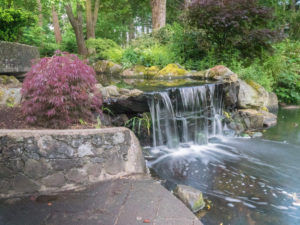
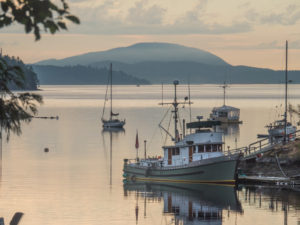
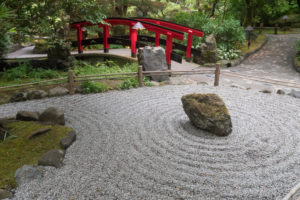
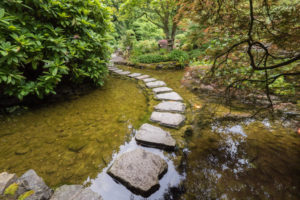
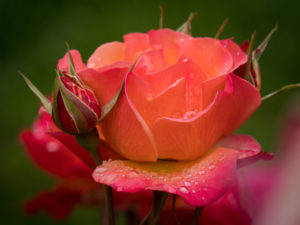
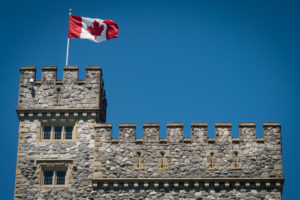
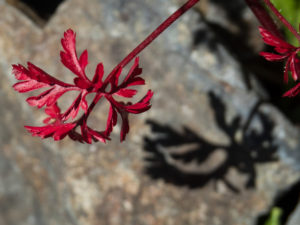
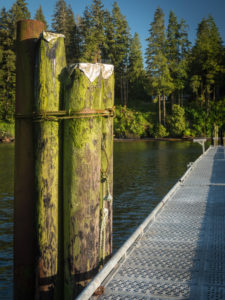
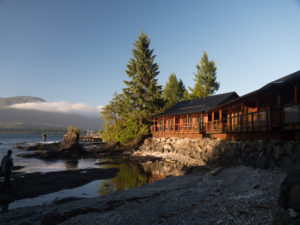 Yes, we stayed n these cabins. Check out the low tide.
Yes, we stayed n these cabins. Check out the low tide.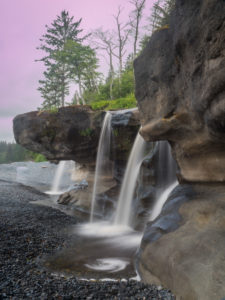
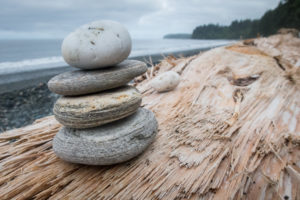
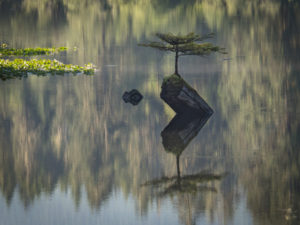
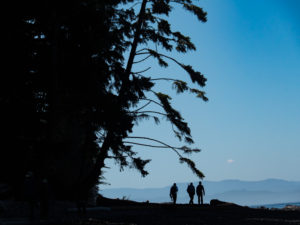
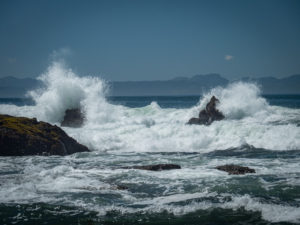
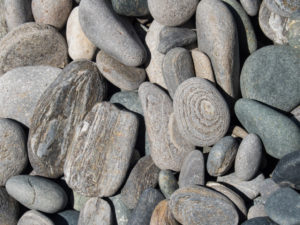
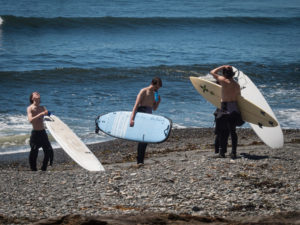
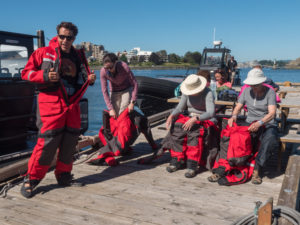 We each had to wear these survival suits. They were really hot but would save our lives should we end up in the ocean.
We each had to wear these survival suits. They were really hot but would save our lives should we end up in the ocean.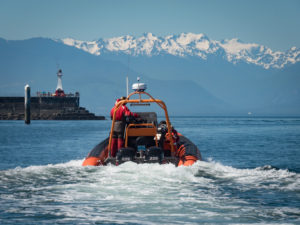
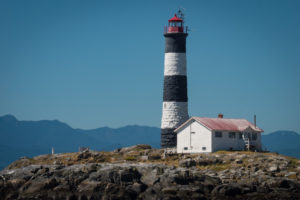
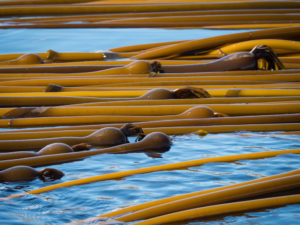
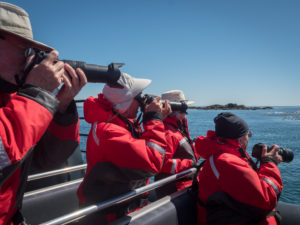
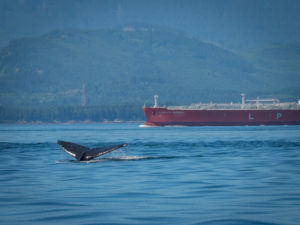 Ocean-going tankers and whale collisions is a real problem.
Ocean-going tankers and whale collisions is a real problem.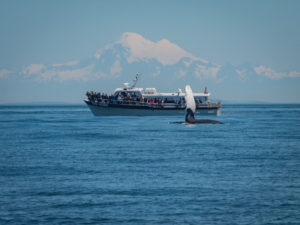 Another tour boat.
Another tour boat.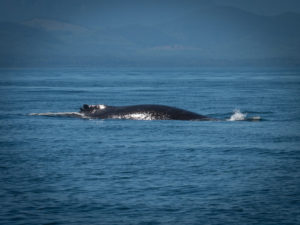
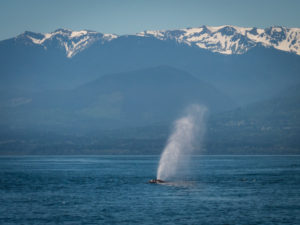
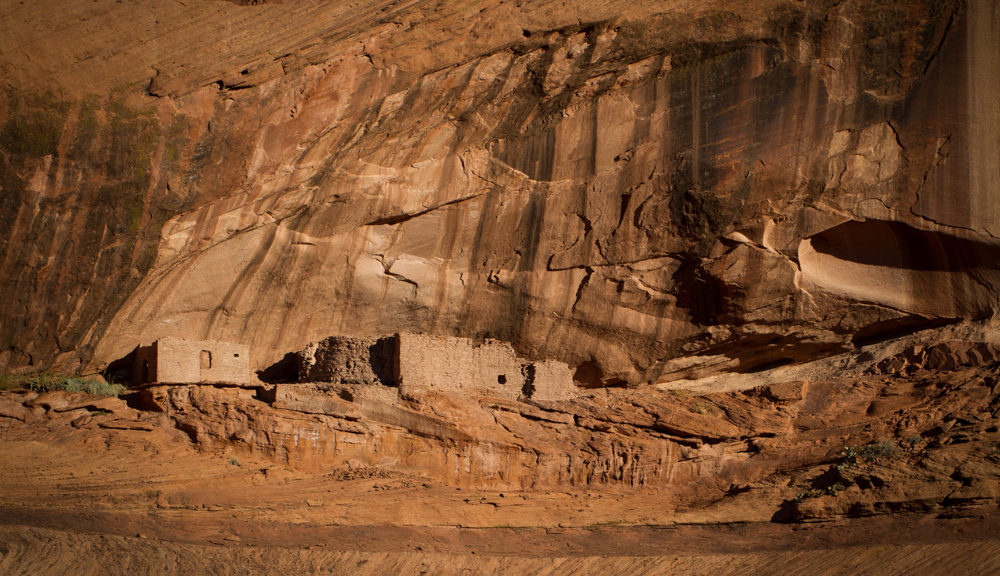
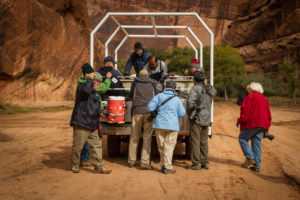 The next morning, Thursday, we loaded a tour truck and headed out on an eight-hour tour of Canyon del Muerto. Canyon de Chelley has one entrance before splitting into two canyons.
The next morning, Thursday, we loaded a tour truck and headed out on an eight-hour tour of Canyon del Muerto. Canyon de Chelley has one entrance before splitting into two canyons.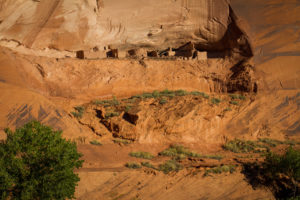
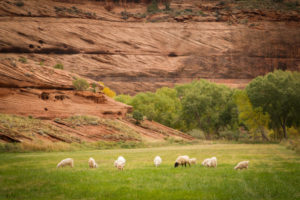
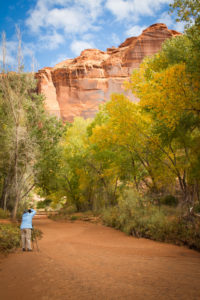
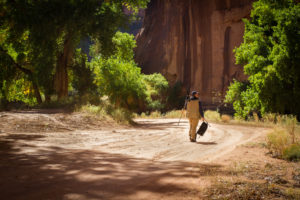
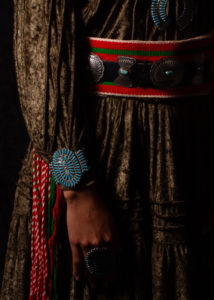
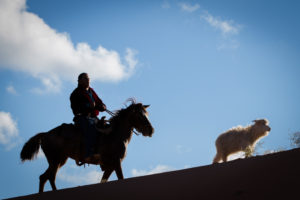
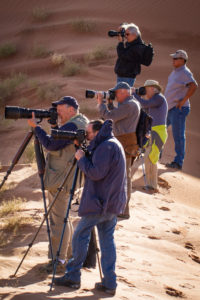
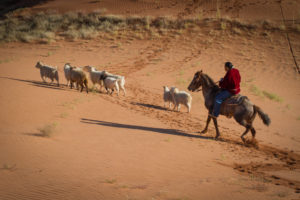
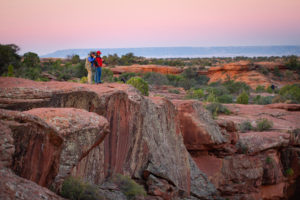
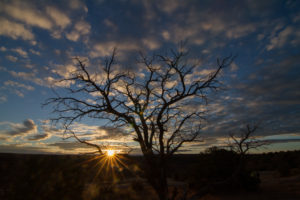
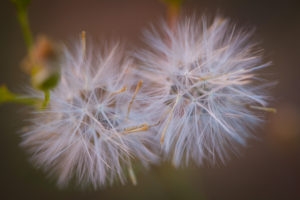
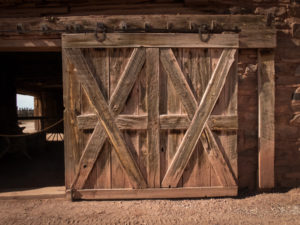
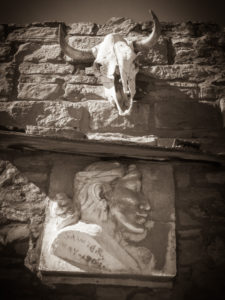
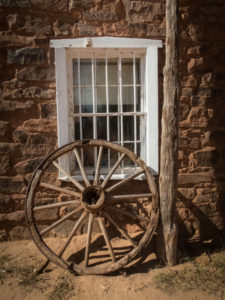
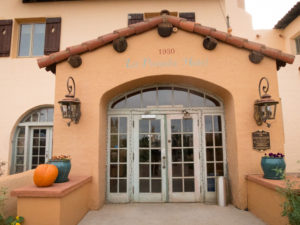
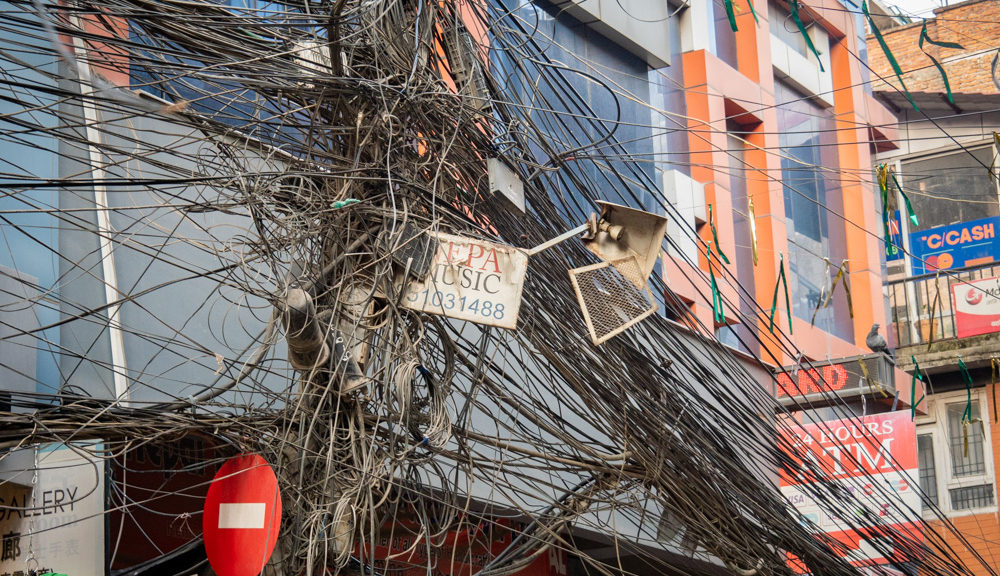
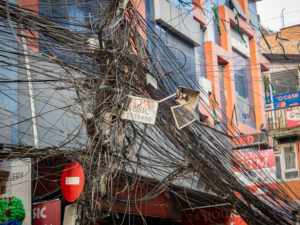
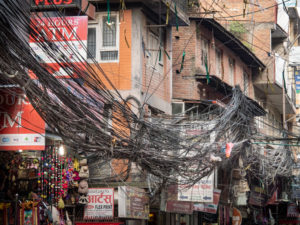
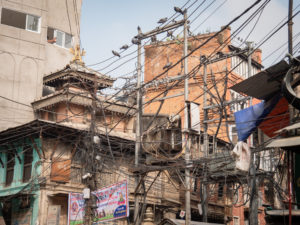
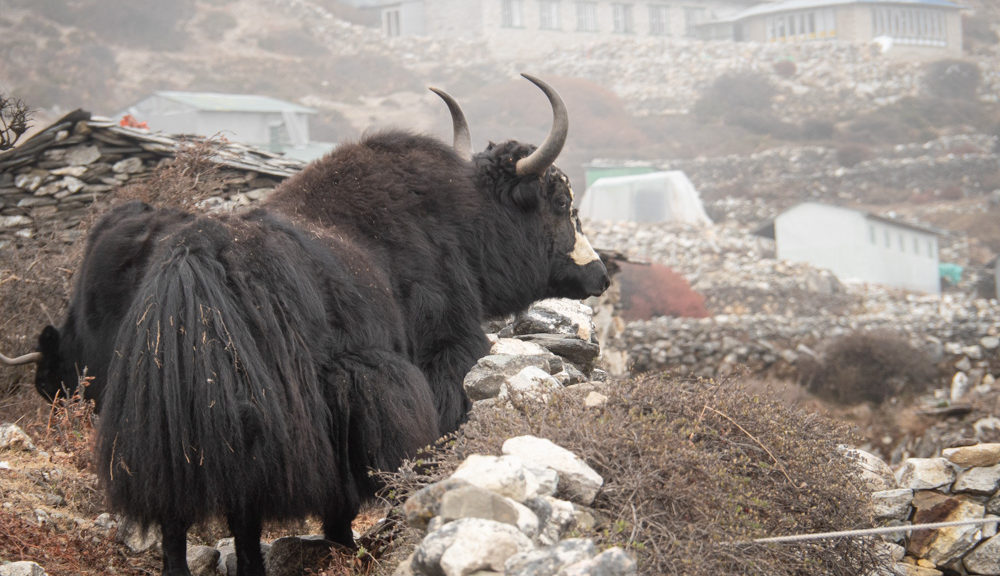
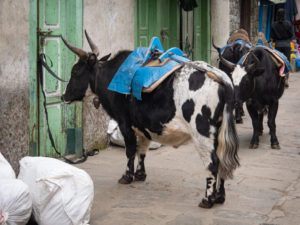 However, I need to make something clear: there are two types of yaks. The pure breed and the crossbreed. The zhokpa is yak crossed with cattle as seen here. The difference is clear once you’ve seen both but what drew me to them wasn’t their genetics but the bells they wore. They wore larger, deeper sounding bells than the sleigh bells of the horses and the music they created made my heart sing.
However, I need to make something clear: there are two types of yaks. The pure breed and the crossbreed. The zhokpa is yak crossed with cattle as seen here. The difference is clear once you’ve seen both but what drew me to them wasn’t their genetics but the bells they wore. They wore larger, deeper sounding bells than the sleigh bells of the horses and the music they created made my heart sing.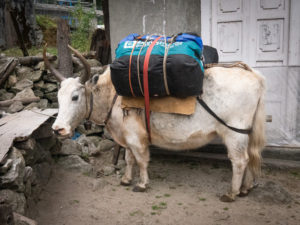
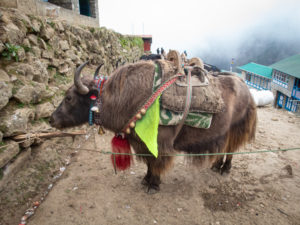 These are yaks.
These are yaks. 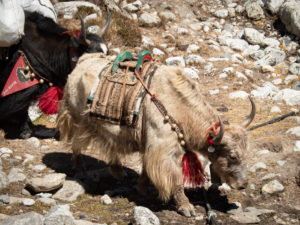
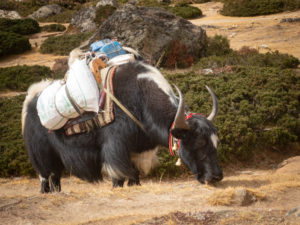
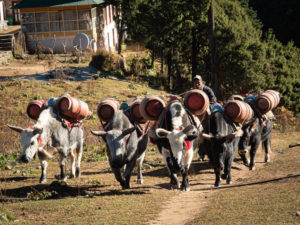
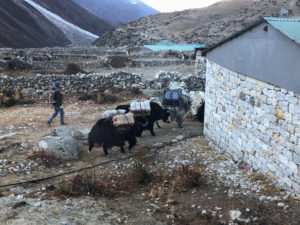
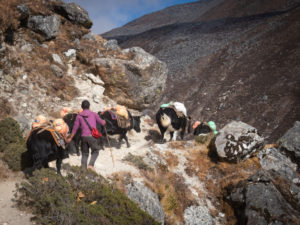
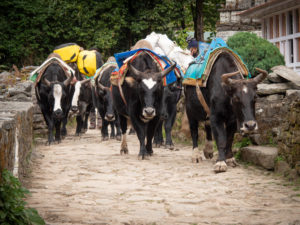
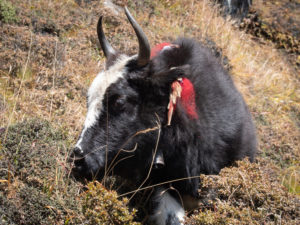 Like the horses, many of the yaks and zhokpas were decorated.
Like the horses, many of the yaks and zhokpas were decorated.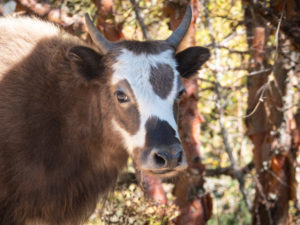
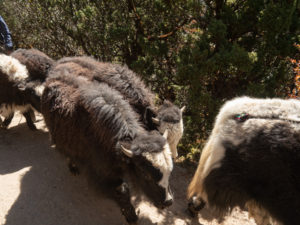
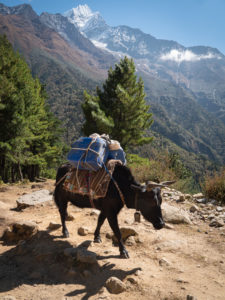 Can you tell? Zhokpa or Yak?
Can you tell? Zhokpa or Yak?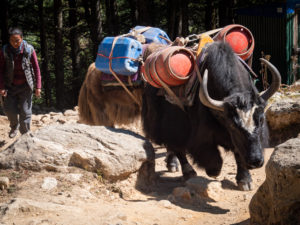 I love this image because it looks like we’re being charged by a crazy yak! We’re not. These animals are very sure-footed.
I love this image because it looks like we’re being charged by a crazy yak! We’re not. These animals are very sure-footed.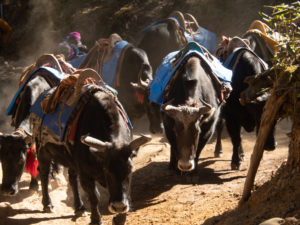 A herd of zhokpa coming our way, can you hear the bells?
A herd of zhokpa coming our way, can you hear the bells?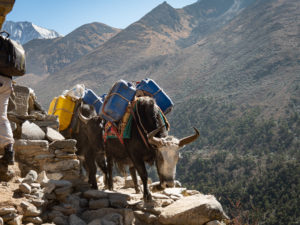 Our guide drilled into our heads to always take the inside track when passing or being passed by anything, human or animal. This trail section has a Grand Canyon feel.
Our guide drilled into our heads to always take the inside track when passing or being passed by anything, human or animal. This trail section has a Grand Canyon feel.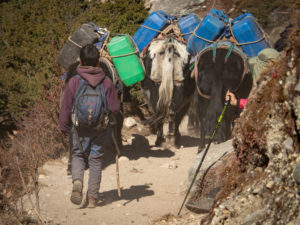 Some of the yak herders were quite young.
Some of the yak herders were quite young.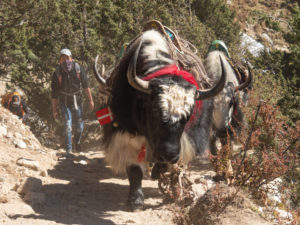
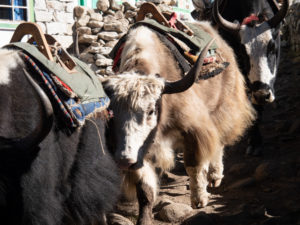
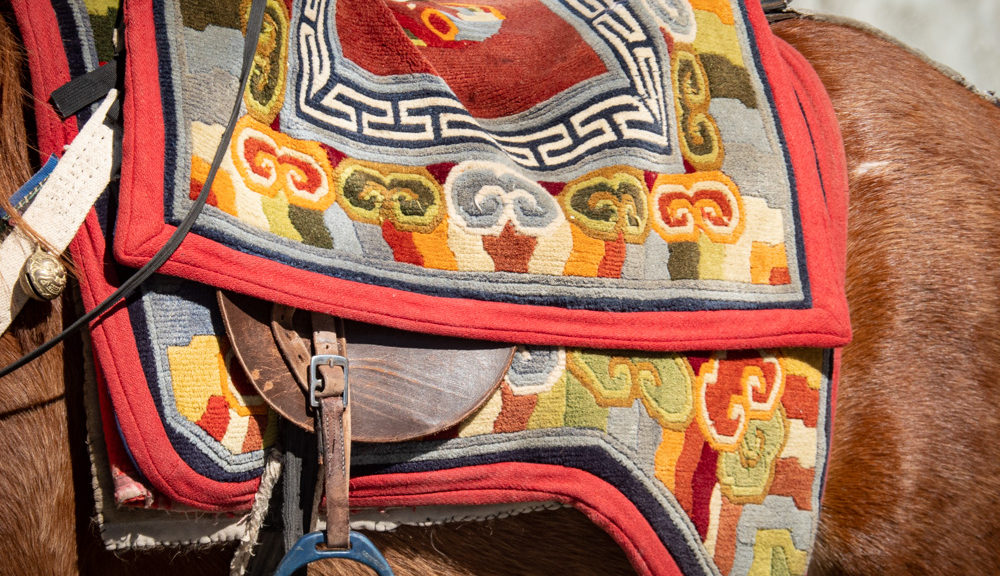
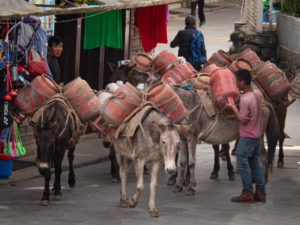
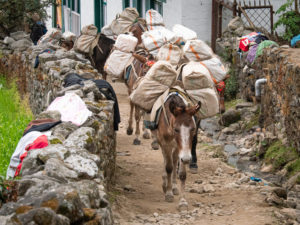
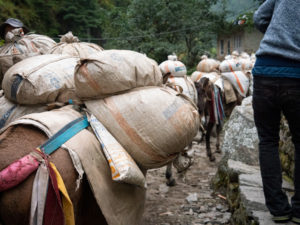
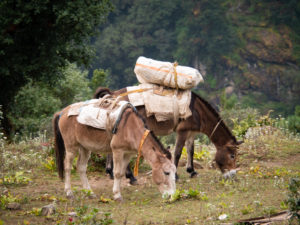
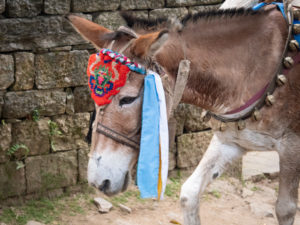
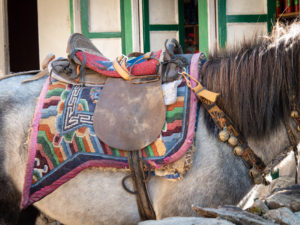
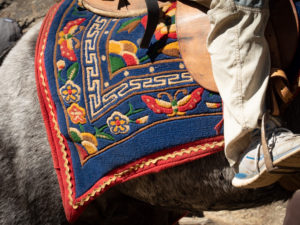
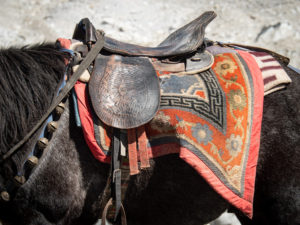
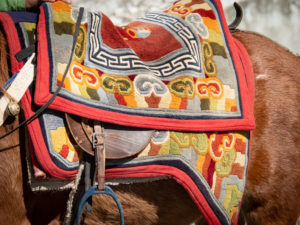
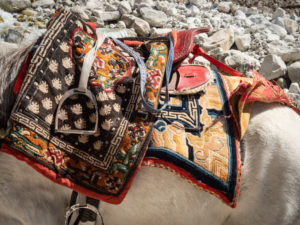
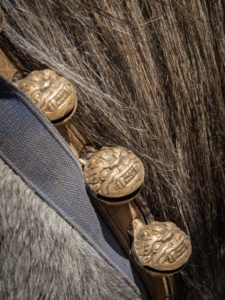 Sleigh bells were unique to the horse caravans as opposed to larger, deeper sounding cowbells or yak bells on the yaks and zhokpas. Horse trains moved quicker and we could tell before we saw them what type of animal group was headed our way.
Sleigh bells were unique to the horse caravans as opposed to larger, deeper sounding cowbells or yak bells on the yaks and zhokpas. Horse trains moved quicker and we could tell before we saw them what type of animal group was headed our way. 